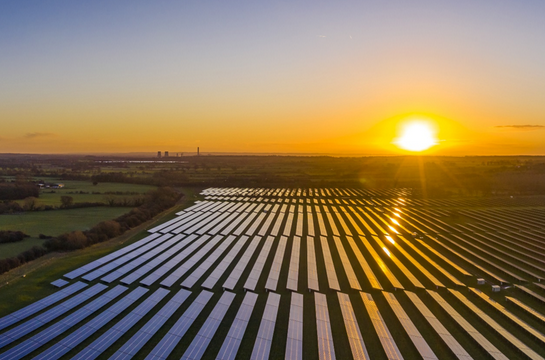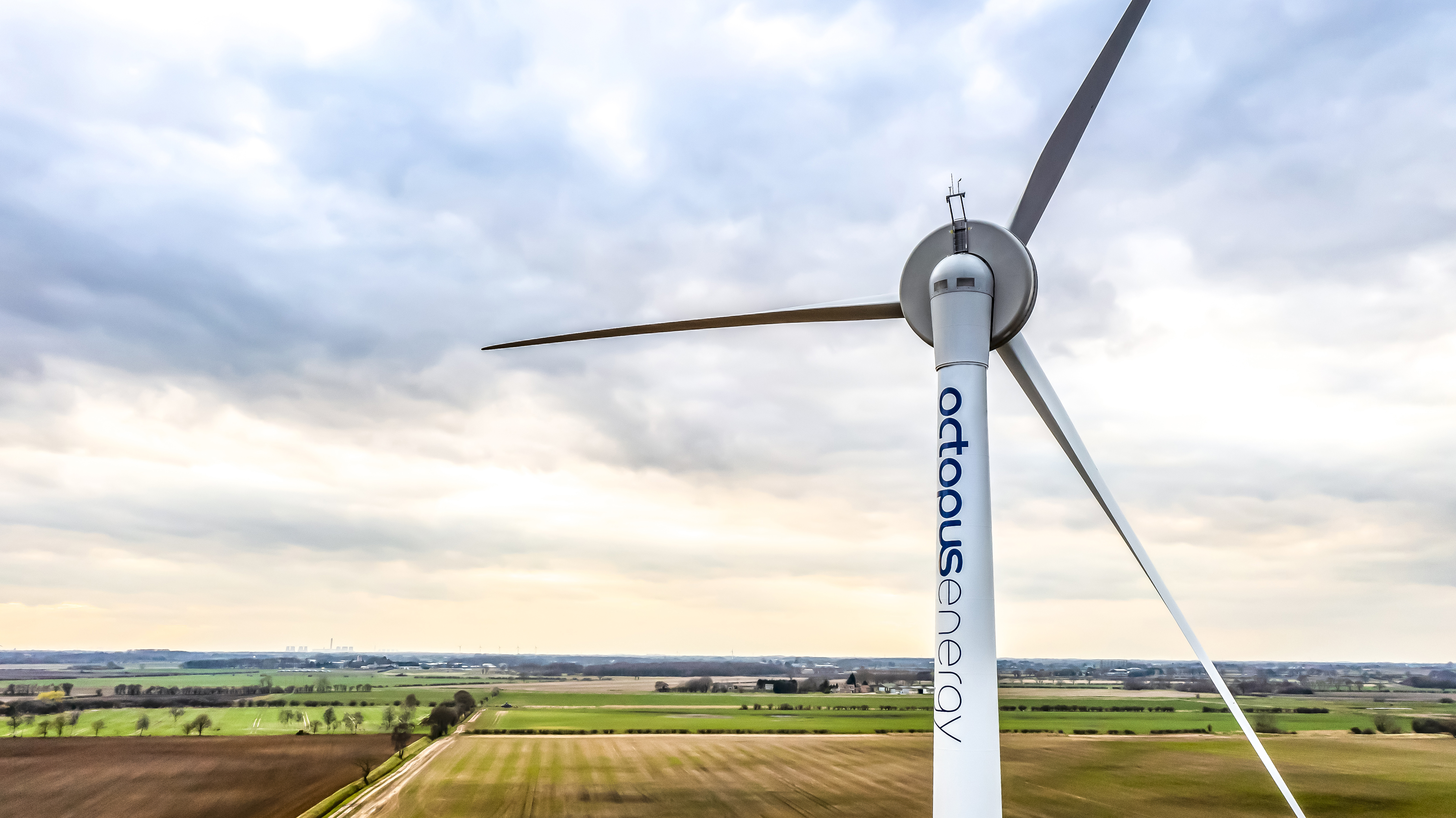Renewables generated a record 30 per cent of global electricity in 2023, driven by growth in solar and wind, and combined with nuclear, the world generated almost 40 per cent of its electricity from low-carbon sources.
Ember’s Global Electricity Review 2024 records that a third of global electricity is now generated renewably, and with record construction of solar and wind in 2023, “2023 was likely the pivot point, marking peak emissions in the power sector”.
To put this into perspective, renewables have expanded from 19 per cent of global electricity in 2000, and as a result, the CO2 intensity of global power generation reached a new record low, 12 per cent lower than its peak in 2007.
Solar was the fastest-growing source of electricity generation for the 19th year in a row, jumping 23 per cent, and surpassed wind (that grew 10 per cent) to become the largest source of new electricity for the second year running. Indeed, solar added more than twice as much new electricity as coal in 2023. The record surge in installations at the very end of 2023 means that 2024 is set for an even larger increase in solar generation.
However, global electricity demand rose to a record high in 2023, with an increase of 627TWh and despite this being below the average for recent years, it is likely to continue to go up. More than half of the electricity demand rise in 2023 was from five technologies: electric vehicles (EVs), heat pumps, electrolysers, air conditioning and data centres. The spread of these technologies will accelerate the growth in electricity demand, but overall energy demand will decline as electrification is much more efficient than fossil fuels.
© 2019 Perspective Publishing Privacy & Cookies









Recent Stories